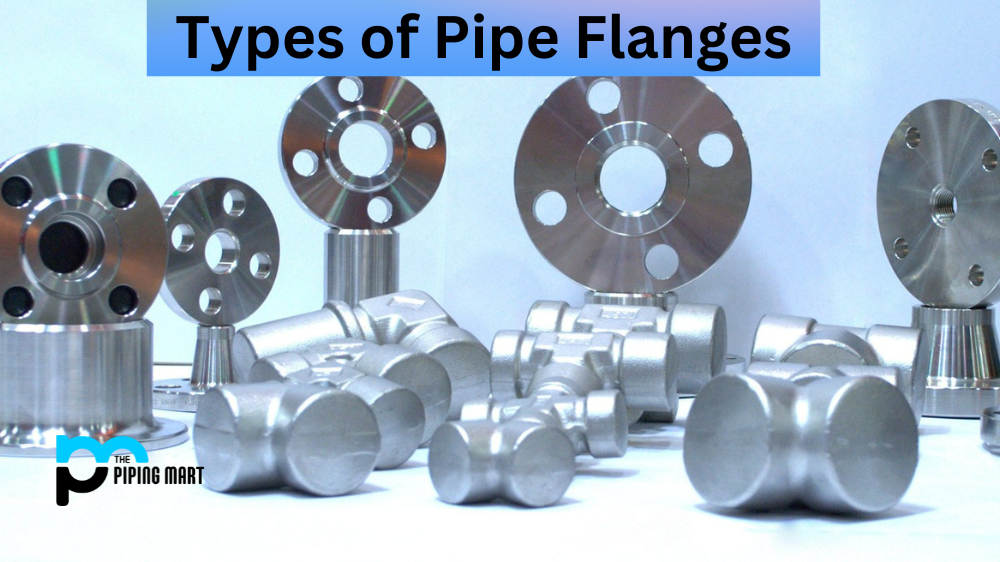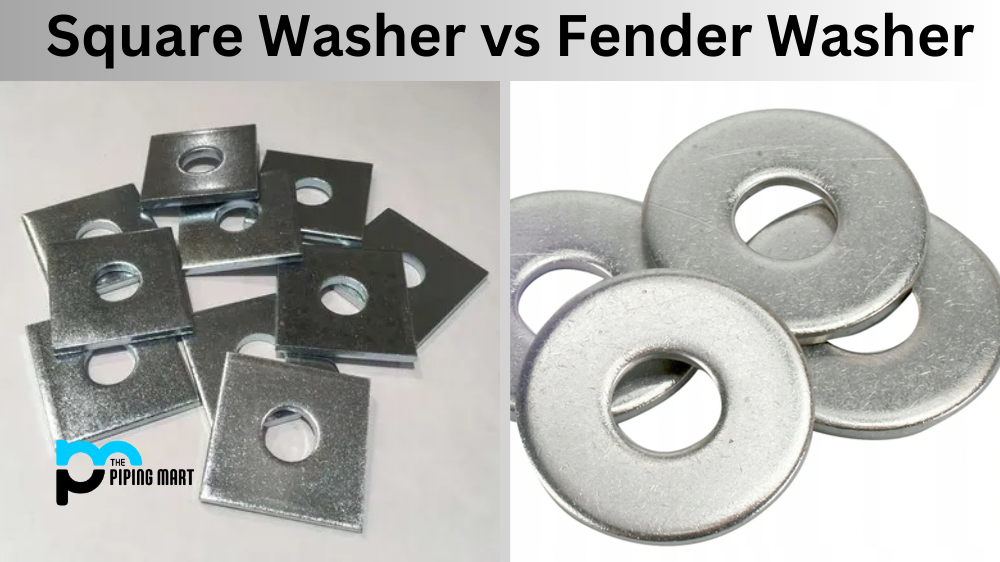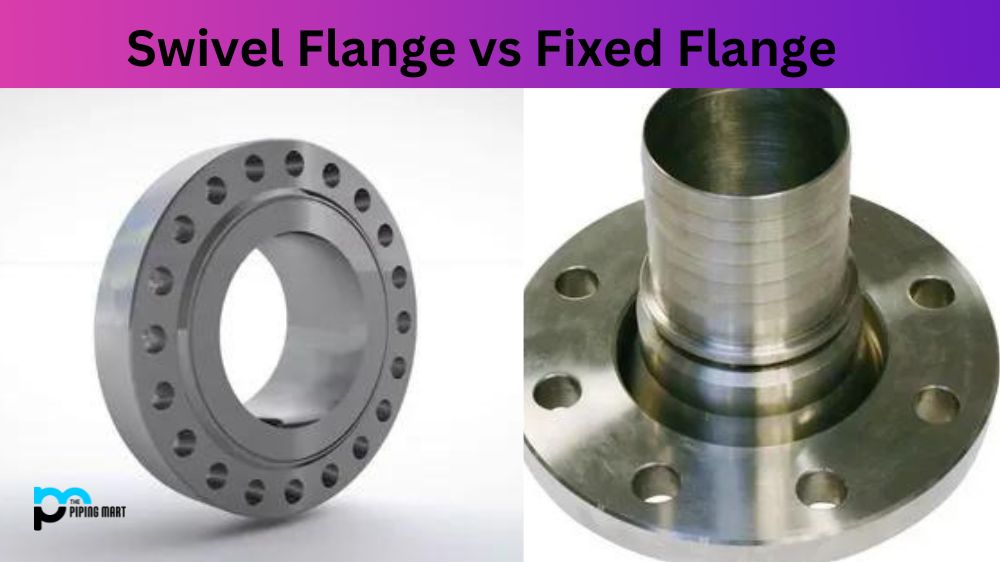From residential plumbing to industrial piping, pipe flanges are an important component of any project. But what exactly are pipe flanges? What kinds of flanges are available on the market today? Read on to find out.
What is Pipe Flange?
A pipe flange is essentially a connection point in a pipeline system, kind of like a junction or a connector. It’s used to link different sections of pipes together, along with valves, pumps, or other equipment. Picture it as a sort of sturdy, circular plate with holes for bolts. These plates come in various sizes and materials, like steel or stainless steel. They’re crucial for easy assembly and disassembly of pipelines when maintenance or changes are needed, ensuring everything stays connected securely while allowing fluids to flow smoothly through the system.
Types of Pipe Flange
The most common types of pipe flanges include weld neck or slip-on flanges, threaded or socket weld flanges, lap joint or flat face flanges, and blind or blind raised face flanges. Each type has its advantages and should be considered based on the specific application before purchasing.
Weld Neck or Slip-on Flange
A weld neck or slip-on flange is a fitting that joins pipes without welding. Usually made of stainless steel, it can be attached directly to the ends of two pipes using bolts, so you don’t need extra fittings. While this makes installation easier, it’s important to know that these fittings might be weaker than other types.
Threaded or Socket Weld Flange
A threaded or socket weld flange is similar to a weld neck or slip-on flange, but it comes with threaded ends for added security when tightening the connection. These flanges are often preferred for applications where high pressure is involved and robust strength is a must. However, installing them correctly requires careful alignment, which can be tricky, especially for those needing experience handling such fittings.
Lap Joint or Flat Face Flange
A lap joint or flat face flange is designed for applications where flexibility and easy alignment adjustment are essential rather than solely for low-pressure systems. It comprises two main components: a stub end and a backing flange. The stub end is welded to the pipe, while the backing flange sits behind it, providing support. This design allows for independent rotation of the flange components, making it ideal for pipes needing to move during operation without becoming disconnected.
Blind or Blind Raised Face Flange
The blind (or blank) raised face flange is similar to a lap joint but with one major difference—it does not have any openings in it, which makes it ideal for use in high-pressure systems as no air can escape through it while it’s connected. Additionally, its raised face design prevents liquids from leaking out once they’ve been pressurized inside the pipes, which makes it perfect for use in systems such as oil pipelines where leakage could cause significant damage if left unchecked.
Conclusion:
When choosing between different types of pipe fittings, understanding their various strengths and weaknesses will help you make an informed decision based on your specific application needs. Whether you need something strong like a threaded or socket weld fitting for your high-pressure system, something flexible like a lap joint for your low-pressure system, or something airtight like a blind raised face fitting for your oil pipeline system—there’s sure to be a fitting available that meets all your requirements! With so many options out there, understanding what type of pipe flanges best suits your project can seem daunting at first – but with this guide, you’ll be able to make an educated decision quickly and easily!
Meet Heer, a dynamic and driven writer learning tricks of her trade in the metal industry. With a background in Digital Marketing, Heer brings a unique perspective to her writing, sharing valuable insights. Apart from blogging she like reading and hiking.




